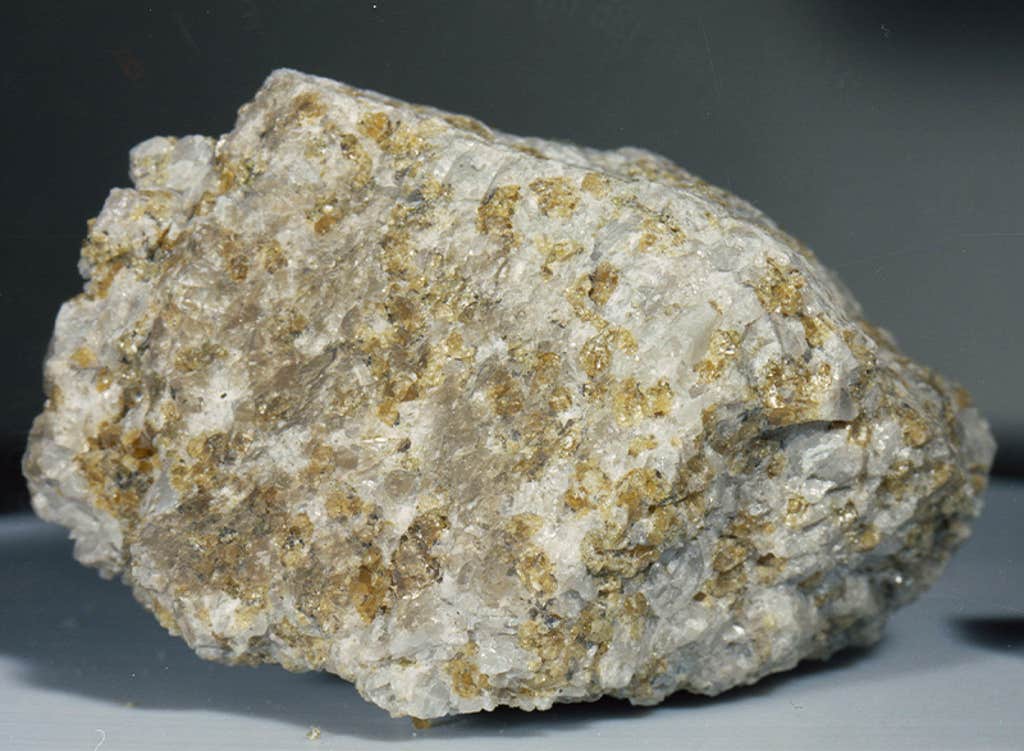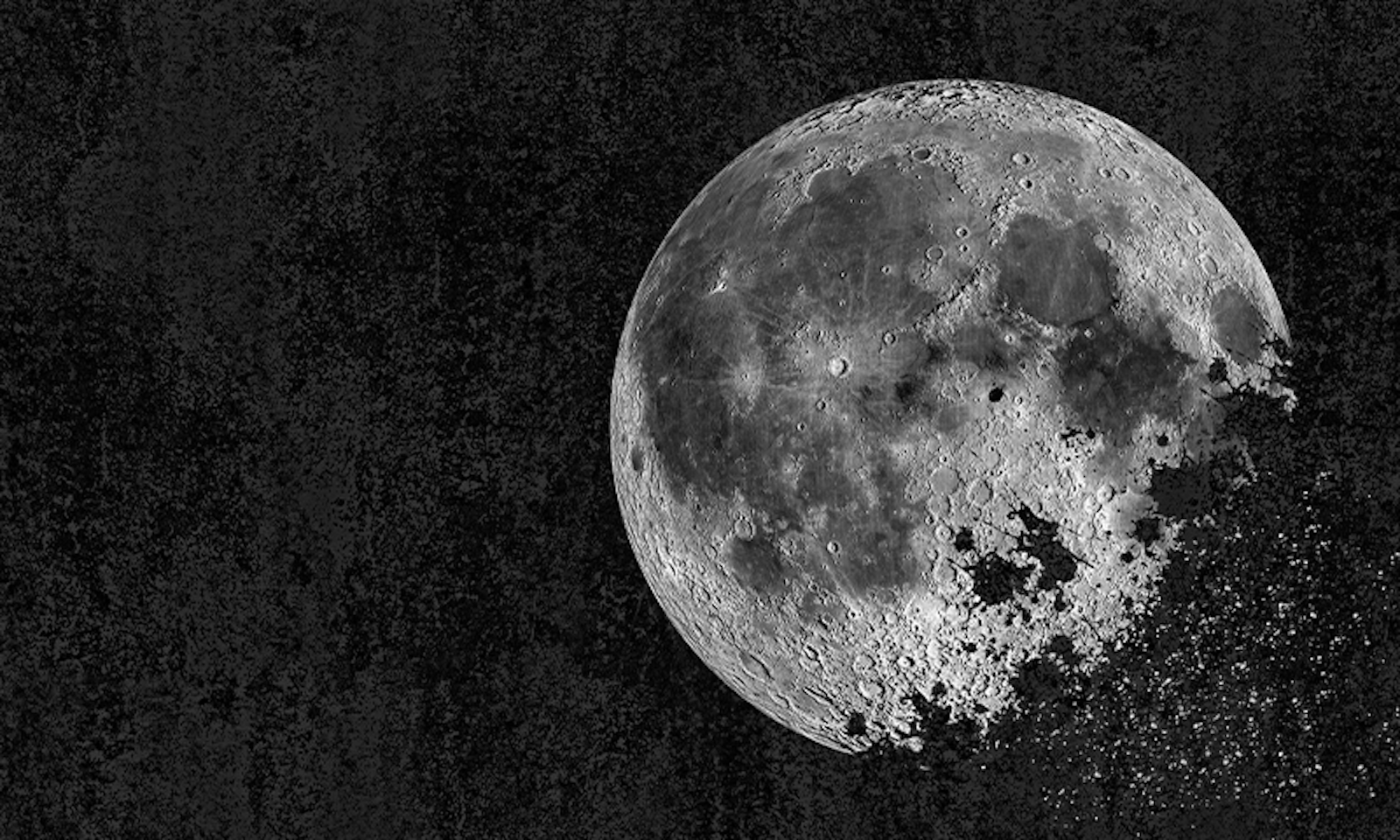In the beginning, about 4.6 billion years ago, all was chaos within a cloud of gas left over from a previous generation of stars. There was nothing but molecules of dust and gas, swirling around in the void. The star stuff drew closer together, and then something happened.
The material started to collapse under its own gravity. The sun ignited. Let there be light, one creation tale says. Winds howled outward from the infant sun, much more powerfully than the charged particles that stream through the solar wind now, and the gales pushed the remaining dust and gas around. The roiling mix eventually separated into clumps, which grew into larger piles, and eventually became the planets.
There were more than the eight we have today. Some of the sun’s original planets were probably consigned to oblivion. Gravitational interactions caused planets and planetesimals (planet embryos, basically) to knock into one another like billiard balls, and some likely exited the solar system, doomed to silently sail among the stars.
The moon’s role in science is to tell our story back to us.
We’ll never know how many suffered this fate. But we do know that one of these primeval planets was completely obliterated. One of them, born in the same band of star stuff as Mercury, Venus, Earth, and Mars, is a world no more. It was probably about the size of Mars, roughly 45 percent the mass of today’s Earth. Its name was Theia, after the Greek goddess who was the mother of Selene, the moon. Theia was destroyed. And Earth and the moon made their home in its remains.
Until Apollo astronauts landed on the moon, dotted it with scientific instruments, and brought bits of it back home, we didn’t know about Theia. We had no Earthly idea how the moon got here, just a series of educated guesses. The Apollo missions totally rewrote the story of the moon’s origins.
At the same time, Earth scientists began rewriting the story of Earth’s own formation and singular geologic history, and they began to realize that the moon has much to tell about Earth, too. The moon’s story is the shared history of our home planet, after all. And the Apollo rocks are still providing new clues. The moon visits provided so much new material, and so many unexpected questions, that they have forced scientists to completely reimagine the making of the solar system more than once. Just as the moon reflects Earth’s light, its primary role in modern science is to tell our story back to us.
The story is more than a scientific curiosity. The moon’s origins can shed light on how we all got here, and maybe even why. Wouldn’t it be wonderful to know? Why us, why here? Why not everywhere?

There are other rocky planets, but none are like Earth. Mars is also a slowly spinning terrestrial world, tilted on its side almost exactly as much as Earth is. But it lost its water and its atmosphere. And it has no moon, just dinky captured asteroids. Venus is a faster-spinning rocky world with a dense atmosphere, but its cloak of clouds grew too thick over time, and choked the planet to death. If Venus ever had water, it’s gone now. Mercury, too close to the sun, somehow still harbors tiny amounts of water in the dark shadows of its deepest craters. But it is blasted by solar rays. Neither Venus nor Mercury has moons.
Why do we? What was it about Theia, the original Earth, and their mutual destruction that would give rise to this planet? Why did we end up with a huge moon, one-fourth of Earth’s own heft? What happened in that cataclysm that resulted in a paired system of worlds, one dry and completely dead, and one drenched in water and life?
The moon’s apparent size compared to the sun, and the fact that we have solar eclipses, led many ancient humans to think the moon was placed in the sky alongside the sun for a reason. The Navajo people of the American Southwest believe, like so many cultures, that both were created at the same time, and for similar purposes: one to light the day, one to light the night. Many religions through the ages thought the same thing. People also came to assume the moon was given to us as a timepiece. Plato even asserted that the succession of days and nights, lit by the sun and moon, taught us how to count—and how to think.
Over time, the notion that the moon was purposefully and wonderfully made morphed into a scientific theory. Philosophers and scientists reasoned that the moon was made along with Earth, forged from the same primordial matter that makes up the sun and other planets. The moon must have formed at the same time and in the same place as Earth, and stayed here owing to Earth and the moon’s mutual attraction. Scientists promoted some version of this until the turn of the 20th century A.D., when a pioneering astronomer named George Howard Darwin came up with an alternative explanation.
Why us, why here? Why not everywhere?
George—son of the famous biologist Charles and his wife, Emma—began his theory by thinking about the tide. His dad had written that the moon’s control of the tides may have been responsible for the origin of life, bubbling up in “some warm tidal pool.”
But George wondered whether the tide had anything to do with the existence of the moon itself. Thanks to the work of earlier scientists, he knew that Earth’s rotation is slowing down, ever so slightly, through tidal interactions with the moon. The slowdown of Earth’s daily spin means Earth is losing angular momentum. Angular momentum is always conserved, meaning it can only be gained or lost if something else gets involved. George Darwin understood that this conservation of angular momentum means that, as Earth slows, the moon is moving away. If it’s receding all the time, then it would have been a lot closer in past epochs.
Darwin ran some calculations and found that in the not too distant past, Earth and its moon would have been practically touching, and Earth’s day would have been four hours long. Somehow, the moon was being flung away. In 1899, he proposed a tale of fission formation: The moon calved like a glacier, breaking off from Earth into something apart. He reckoned the moon was probably shorn from somewhere in the Pacific Ocean, which is why that ocean is so deep.
This is not what happened, but George deserves credit for coming up with the basic outline of an idea now found to be true: The moon was not formed separately, nor was it baked alongside Earth in some strange process of twin genesis. The moon came from Earth and shares its history.
The factual basis for George Darwin’s story comes from the Apollo missions. It comes from a few pebbles Neil Armstrong grabbed in his first moments on the moon. It comes from later, more famous Apollo rocks. And it is still being unraveled through especially beautiful, oddly alien rocks, like the pearlescent, green-freckled specimen designated troctolite 76535.
Mars has no moon, just dinky captured asteroids.
Many moon rocks are white and gray chunks of something called anorthosite, a strange and low-density type of material that forms when minerals crystallize within molten rock. They are among the first samples Neil Armstrong gathered, and because they were so unusual, Apollo missions kept going back for more.
These glittering moon bits are special in part because they are so pure. Their refinement, especially compared to average Earth rocks, surprised geologists in the 1970s. A typical rock on Earth comes in one of three flavors: igneous, which forms when molten rock cools; sedimentary, which is deposited by water and wind over eons; and metamorphic, which is the other two rocks transformed in the crucible of the ages. All of these rocks can contain multitudes of minerals. But moon anorthosite does not. It’s made almost entirely of a mineral called feldspar.
As rocks go, this stuff is a dime a dozen, both figuratively and literally. Feldspar is so common on Earth that it is frequently used in kitchen cleaning powder because it is crumbly and low density. On the moon, these properties make it special. The anorthosite rocks coat the surface of the moon because they floated there. They bobbed in a sea of melted moon like an iceberg in Earth’s oceans. Heavier stuff sank within the oozing magma and formed the moon’s core, while the anorthosite crystals floated to the top, forming a thin crust like the skin on a day-old pudding cup. As the freshly baked moon cooled, the rocks were locked in place, only to be liberated later during asteroid strikes.
In order for this material to separate from the rest of the moon, for anorthosite to make a white, moon-ish pure crust, it needed an ocean to float in. It needed an entire moon’s worth of rock ocean. And a magma ocean spanning the entire moon could only form through some incomprehensible violence: like a meeting with Theia. ![]()
Read Rebecca Boyle’s “3 Greatest Revelations” while writing her new book here.
From the book Our Moon: How Earth’s Celestial Companion Transformed the Planet, Guided Evolution, and Made Us Who We Are by Rebecca Boyle. Copyright © 2024 by Rebecca B. Boyle. Published by Random House, an imprint and division of Penguin Random House LLC.

Lead image: grafikawall / Shutterstock




























